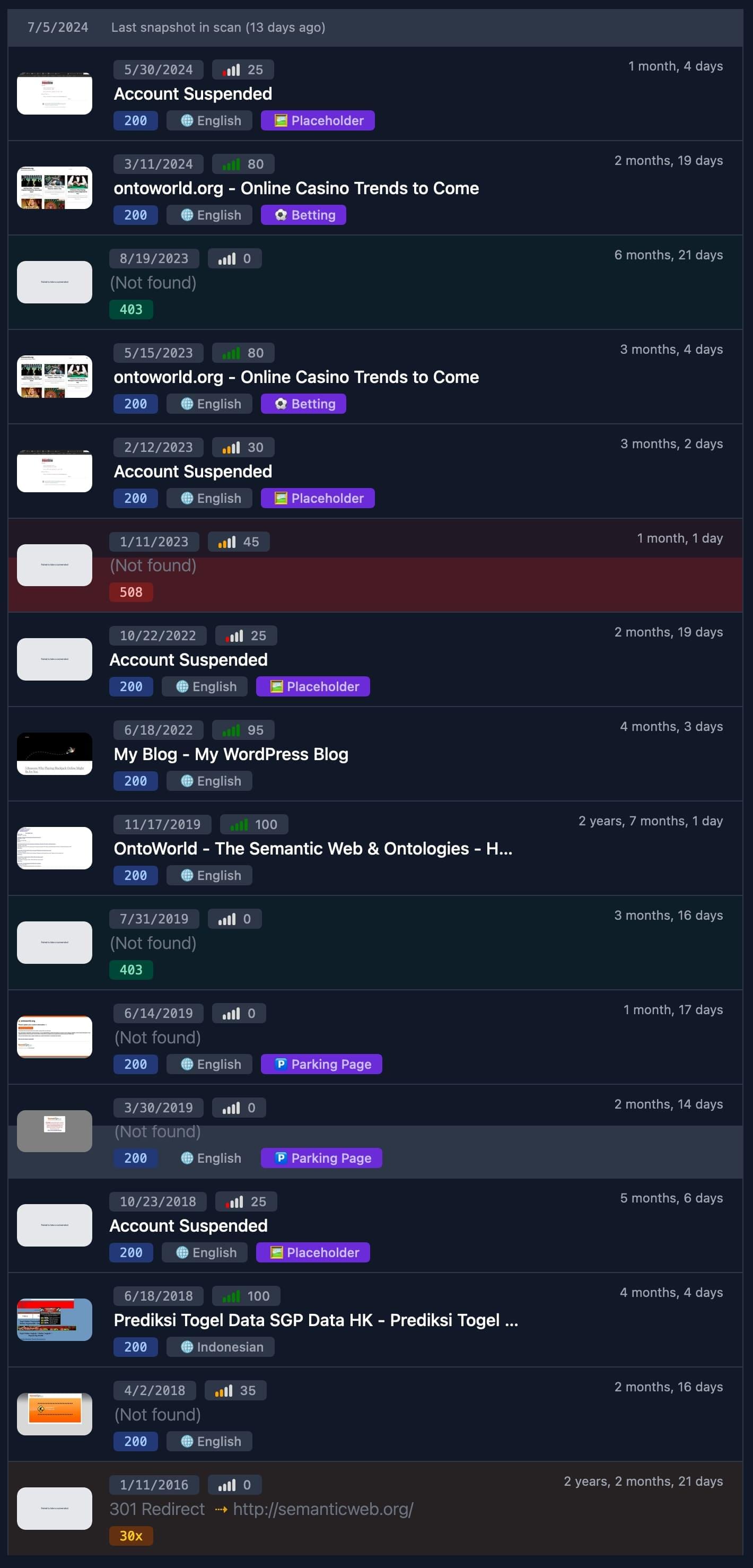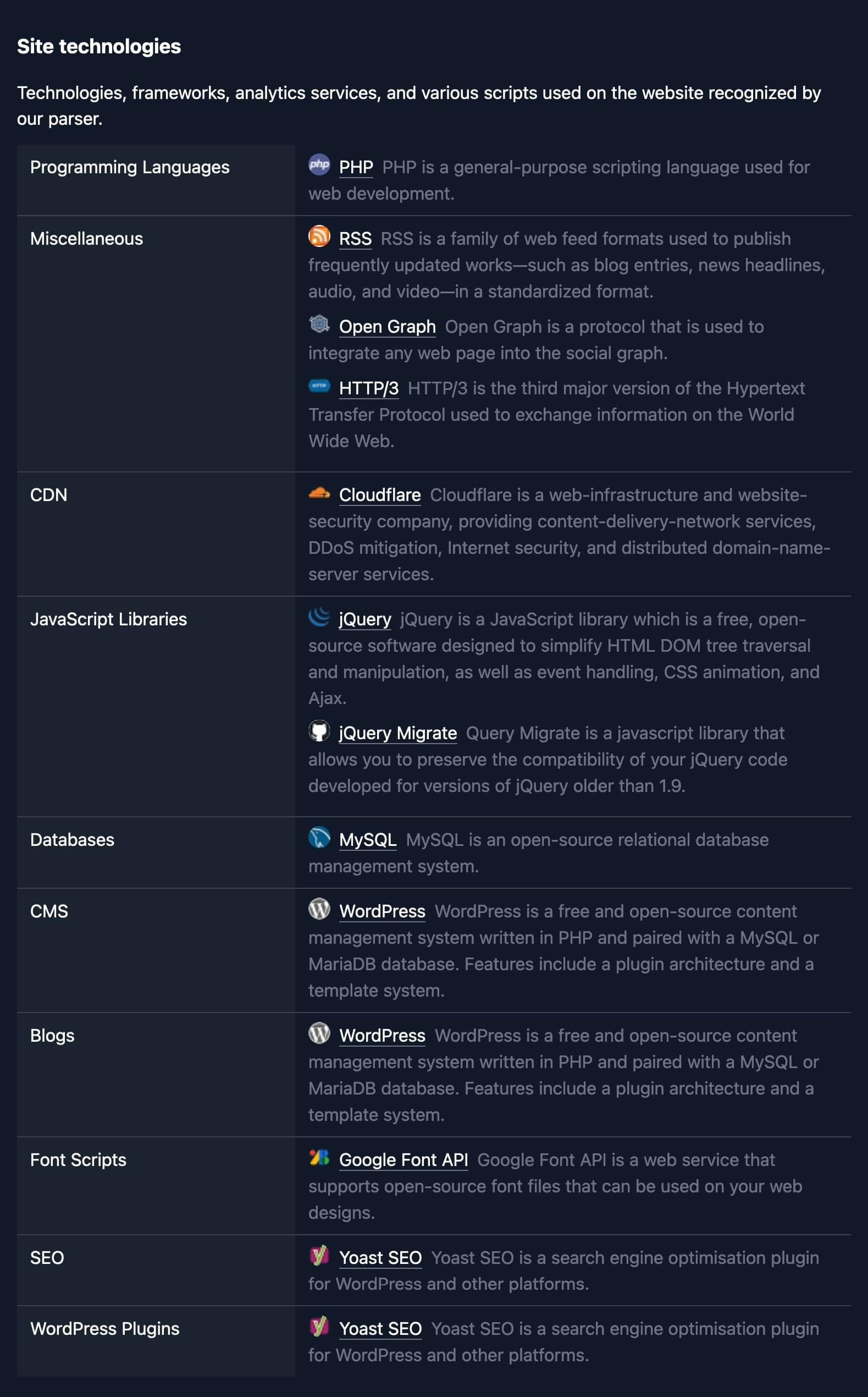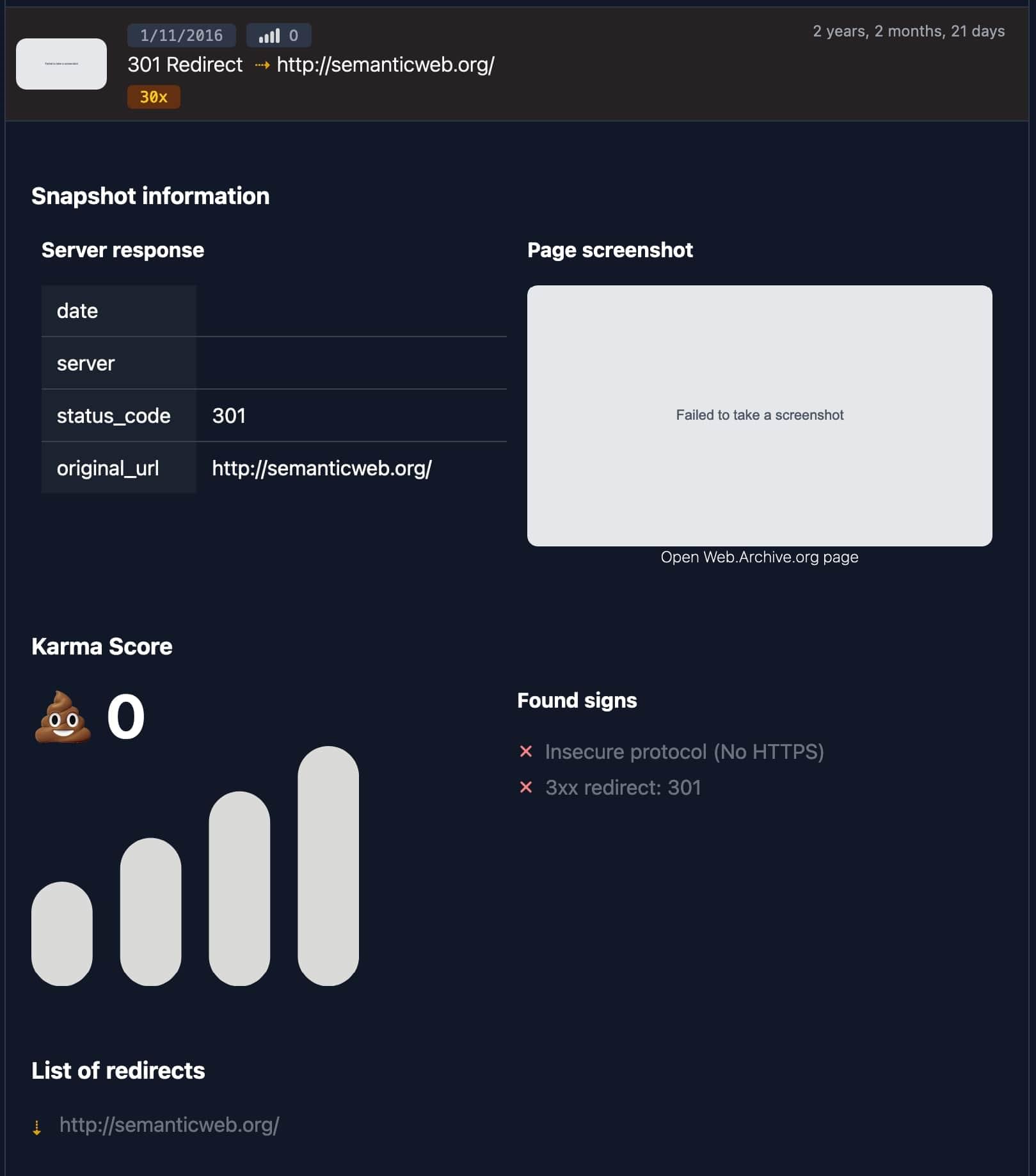The Wikipedia Link Reality: Nofollow, But Not Worthless
First, the facts: all external links from Wikipedia carry rel="nofollow" by default (since 2007). This was Wikipedia's spam deterrent. In 2019, Google changed how nofollow works—it's now a hint, not a command. That means:
- Wikipedia links won't pump PageRank the way a dofollow editorial link would.
- They can still help with crawl discovery, context signals, and indirect trust.
- The real value comes from what the citation implies: the domain once published something cite-worthy enough to pass Wikipedia's sourcing standards.
The indirect boost: Many Wikipedia mirrors and content forks republish articles—sometimes preserving external links. While you can't control this, it can create secondary mentions across the web.
Bottom line: A Wikipedia backlink is a notability badge and discovery aid, not a guaranteed ranking lever. Manage expectations accordingly.
Why Buy Domains with Wikipedia Citations Anyway?
If the link is nofollow, why bother? Three reasons:
-
Notability signal: Getting cited on Wikipedia typically means the domain hosted authoritative, well-sourced content. That context—and the historical theme—can carry over if you rebuild in the same niche.
-
Clean starting point: Domains that earned Wikipedia mentions often avoided the spam eras (pharma runs, casino redirects) that plague other expired names. Less cleanup risk.
-
Topical continuity advantage: If you can replicate or extend the content that justified the citation, you start with context and credibility instead of cold. Just don't break the cardinal rule: no off-topic pivots. Repurposing a Wikipedia-cited domain for unrelated content = expired domain abuse under Google's spam policies.
Where to Buy: Auctions, Closeouts, and Aggregators
These domains surface through standard expired-domain channels:
Expiring auctions: Registrars like GoDaddy run timed auctions for names leaving their original owners. If no bids meet reserve, names roll into Closeout (a 5-day reverse auction) or drop completely.
Aftermarket & drop-catch: Platforms like NameJet list expired inventory and user-submitted names. Drop-catch services let you backorder fully dropped names; if you're the only bidder (or win the mini-auction), it's yours.
The challenge: Wikipedia-cited domains are rare, and tracking them manually across dozens of auction sites is tedious. Karma.Domains solves this by scanning millions of expiring domains daily, cross-referencing Wikipedia's Special:LinkSearch data, and surfacing only those with confirmed citations—letting you buy from the table above instead of hunting blind.
How We Filter This List
Entries in the table meet these criteria:
-
Wikipedia citation verified: Cross-checked via
Special:LinkSearch(Wikipedia's external link tool) to confirm the domain appears in live or historical article references. -
Link persistence reviewed: Many Wikipedia citations get replaced with
archive.orgsnapshots when domains go offline (thanks to bots like InternetArchiveBot). We flag whether the link is live or archived, so you know what you're inheriting. -
Clean Wayback history: No pharma spam, casino runs, piracy eras, doorway patterns, or suspicious redirect chains. Karma.Domains crawls historical snapshots and tags toxic content automatically—so you see clean candidates, not mystery boxes.
-
Topical continuity: The domain's historical content aligns with legitimate, reusable themes. Wild niche pivots don't make the cut.
-
No spam blacklists: Domains on Wikipedia's
SpamBlacklistor blocked external link list are excluded—they can't be re-added to articles, so citation value is dead.
Your Pre-Purchase Verification (5-Minute Drill)
Before you bid or backorder:
1. Confirm the link exists
Run Special:LinkSearch/*.yourdomain.com on Wikipedia (try multiple language editions). Check which articles link to it and why (reference citation vs. "External links" section).
2. Check if it's been archived
If the link now points to an archive.org snapshot instead of the live domain, editors already swapped in a dead-link replacement. The live domain may not appear in the article anymore once you rebuild—unless you restore equivalent content.
3. Verify topical fit
Read the citing article. Can you publish content that genuinely supports the same claim or reference? If no, the citation won't help you—and trying to force it back in violates Wikipedia's policies.
4. Scan for blacklists
Search Wikipedia's SpamBlacklist and Blacklist log for the domain or pattern. If it's blocked, you can't add it back as an external link.
5. Review the rest of the backlink profile
Wikipedia shouldn't be the only link. Check for other reputable, topically relevant referrers via Karma.Domains' backlink reports (Ahrefs, Majestic, Semrush metrics consolidated in one view).
After You Buy: What Works, What Backfires
- Rebuild cite-worthy content: Match the historical subject that justified the Wikipedia reference. This respects sourcing norms and avoids expired-domain-abuse filters.
- Don't edit Wikipedia yourself: Adding promotional links or self-references violates community guidelines and triggers blacklist reviews. Let quality content earn organic mentions.
- Redirect carefully: If consolidating to another domain, map legacy URLs to contextually matching pages. Blanket homepage 301s get treated like soft 404s.
Quick Buyer's Checklist
- Citation confirmed: Verified via
Special:LinkSearch; know the article context. - Link status: Live vs. archived; understand what you're inheriting.
- Topical match: Your content plan aligns with the historic citation subject.
- Clean Wayback: No toxic eras or redirect anomalies.
- Not blacklisted: Domain isn't on Wikipedia's spam or blocked-link lists.
- Broader backlink profile: Other quality referrers beyond Wikipedia.
Want to hunt these domains yourself instead of buying from the table? The full step-by-step guide—including advanced Wikipedia search operators, persistence checks, and automation tricks—is here: How to Find Expired Domains with Wikipedia Backlinks.











